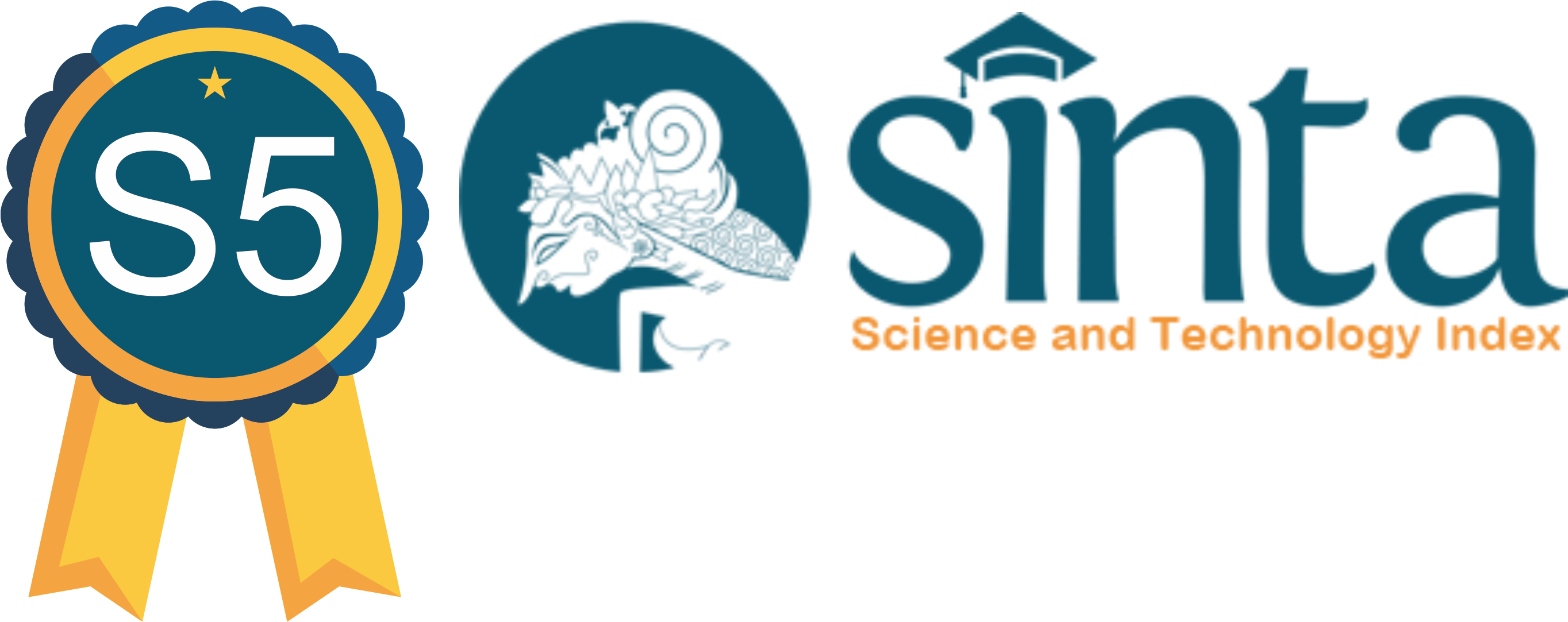Menjangkau Kelompok Rentan di Desa Terpencil
Abstract
International Non Governmental Organization (INGO) works to support community in needs either in urban or rural setting. One of the main target group is the most vulnerable group in a community. This group were often left out and not involved in community empowerment projects implemented. This article aims to describe the condition of a vulnerable group located at Ongulero village, Sigi district, Central Sulawesi Province, and to recommend an intervention that could be applied by stakeholders in that village. Situation description were done in a narrative form, strengthen by observation and interview data that was analysed in psychological context. Result of the analysis shows that this vulnerable group was yet to be reached by community empowerment program that was being applied by an INGO there. Children are part of a vulnerable group that is when empowered and facilitated, could become a solution for community empowerment. A potential intervention is discussed further in this article to help improve child participation in Ongulero village.
Downloads
References
Baldwin, D. A. (2014). 5W1H: Write like a journalist. Diakses dari http://www.davebaldwinconsulting.com/5W1H.html
Beritasigi.com (2015). Rawan longsor, ratusan warga desa di kabupaten Sigi ini terancam terisolir. Diakses 16 Mei 2015 dari http://beritasigi.com/rawanlongsor-ratusan-warga-desa-di-kabupaten-sigi-ini-terancam-terisolir/
Creswell, J. W. (2003). Research Design: Qualitative, quantitative, and mixed method approaches. Thousand Oaks: Sage Publications.
Encyclopedia Britannica (2014). Learned Helplessness. Diakses 16 Mei 2015 dari http://www.britannica.com/EBchecked/topic/1380861/learned-helplessness
Falk, J., Bruce, D., Burstrom, B., Thielen, K., Whitehead, M., & Nylen, L. (2013). Trends in poverty risks among people with and without limiting-longstanding illness by employment status in Sweden, Denmark, and the United Kingdom during the current economic recession – a comparative study. BMC Public Health, 13, 925.
Islam, M. R., & Hossain, D. (2014). Island Char Resources Mobilization (ICRM): Changes of Livelihoods of vulnerable people in Bangladesh. Social Indicator Research, 117(3), 1033.
Norðdahl, K., & Einarsdóttir, J. (2015). Children’s views and preferences regarding their outdoor environment. Journal of Adventure Education & Outdoor Learning,15(2), 152-167.
Seligman, M. E. P. (1975). Helplessness: On Depression, Development, and Death. San Francisco: W. H. Freeman.
Singhal, A. (2010). Communicating what works! Applying the Positive Deviance Approach in health communication. Health Communication, 25(6-7), 605-606.
Singhal, A., & Dura, L. (2009). Protecting children from exploitation and trafficking: Using the positive deviance approach in Uganda and Indonesia, Washington, DC: Save the Children.
Sobrian, S. K., & Holson, R. R. (2011). Effects of pre- and neonatal nicotine exposure in rodents: inconsistent evidence. ILAR Journal, 52(3), 251-294.
Swain, R. B., & Floro, M. (2014). Microfinance, vulnerability and risk in low income households. International review of applied economics, 28(5), 539-561.
WHO (2002). Environmental health in emergencies and disasters: a practial guide. Malta: WHO Press.
WVI (2011). Good practives for putting WV’s Development Programmes into Action: Synthesis of Learning from the Field. Monrovia: WVI.
Copyright (c) 2019 Beatriks Novianti Kiling-Bunga, Indra Yohanes Kiling

This work is licensed under a Creative Commons Attribution-ShareAlike 4.0 International License.
Journal of Health and Behavioral Science (JHBS) is licensed under a Creative Commons Attribution-ShareAlike 4.0 International License. You are free to copy, transform, or redistribute articles for any lawful purpose in any medium, provided you give appropriate credit to the original author(s) and JHBS, link to the license, indicate if changes were made, and redistribute any derivative work under the same license. Copyright on articles is held by the authors. By submitting to JHBS, authors grant any third party the right to use their article to the extent provided by the Creative Commons Attribution-ShareAlike 4.0 International License.

 Beatriks Novianti Kiling-Bunga(1)
Beatriks Novianti Kiling-Bunga(1)








